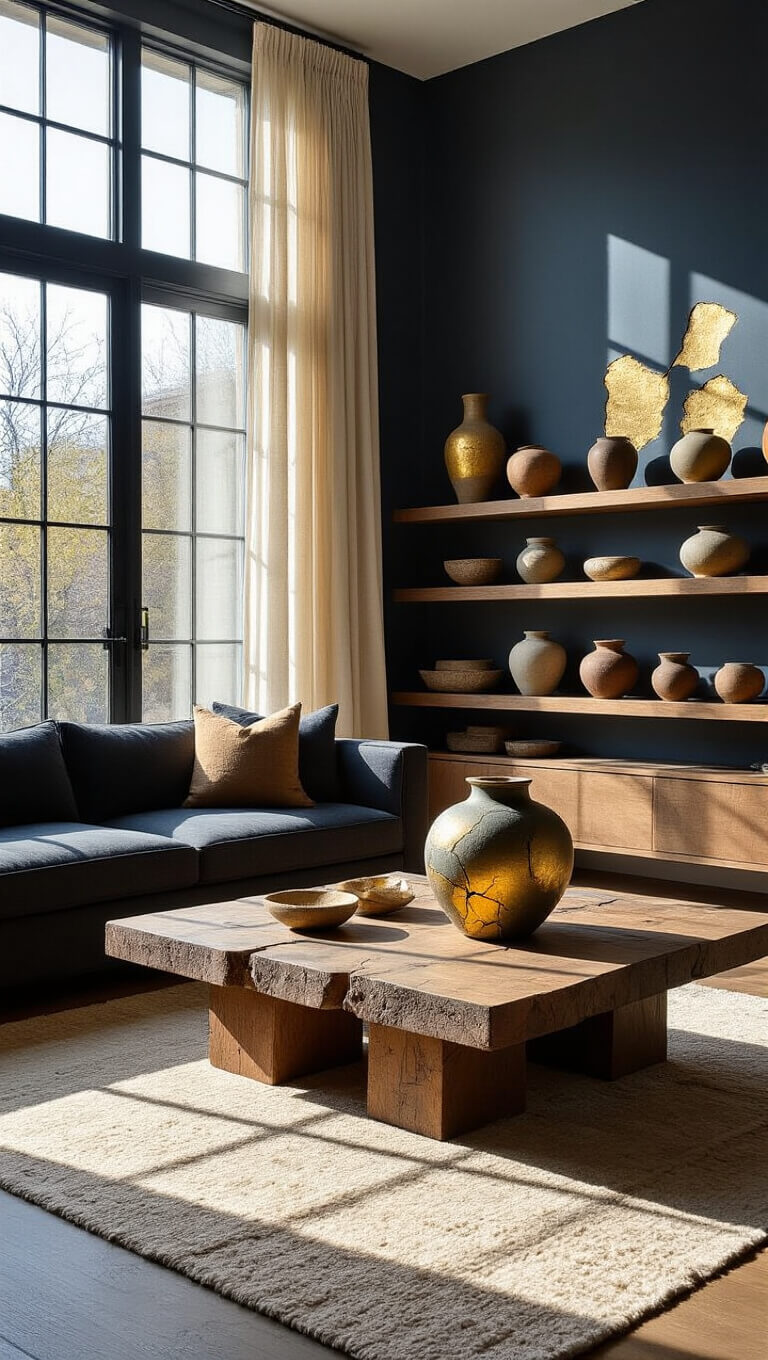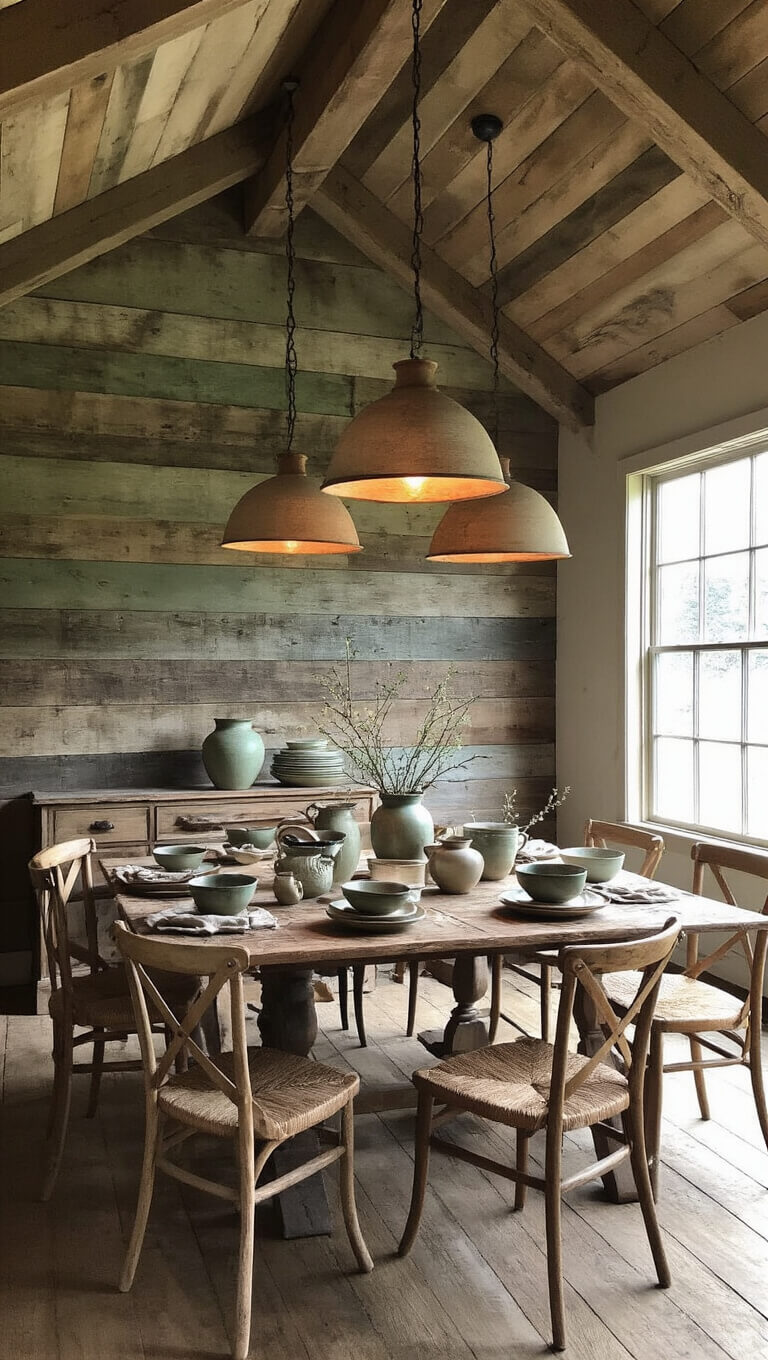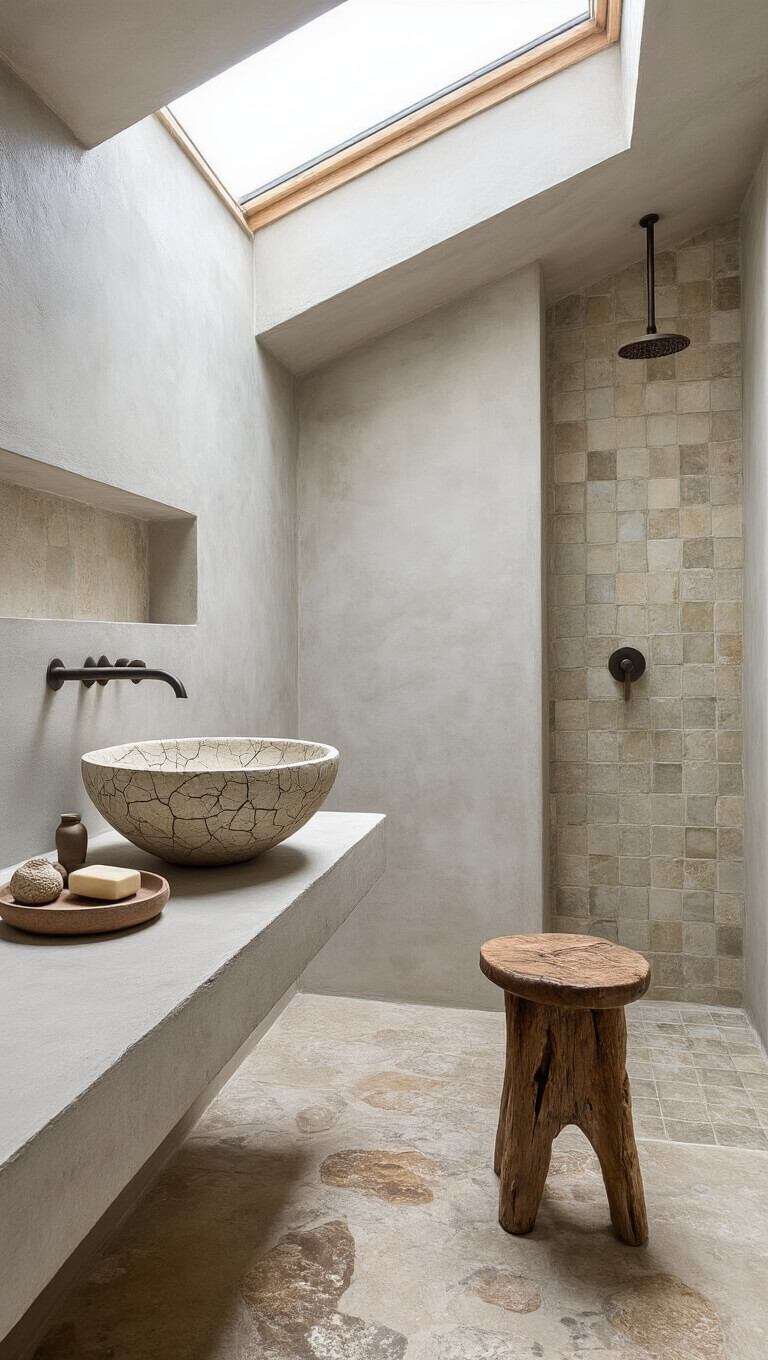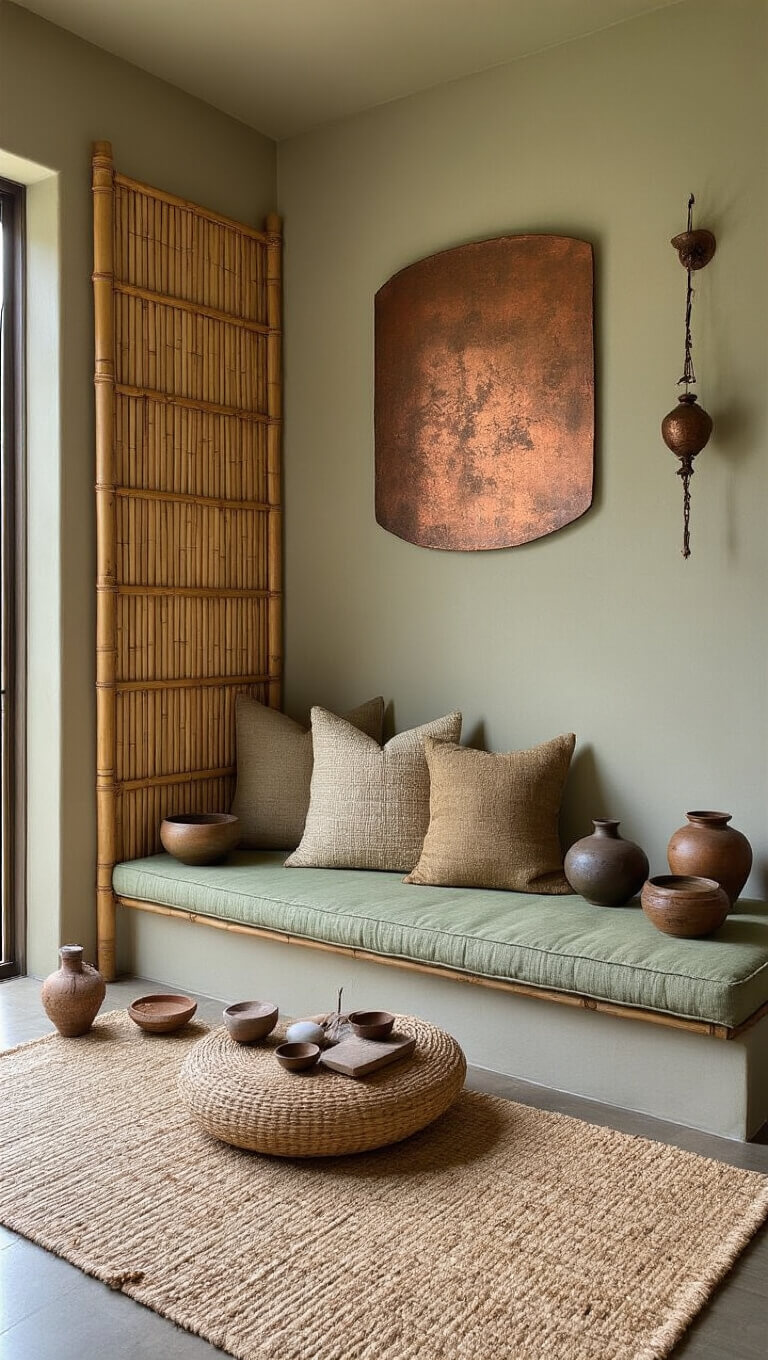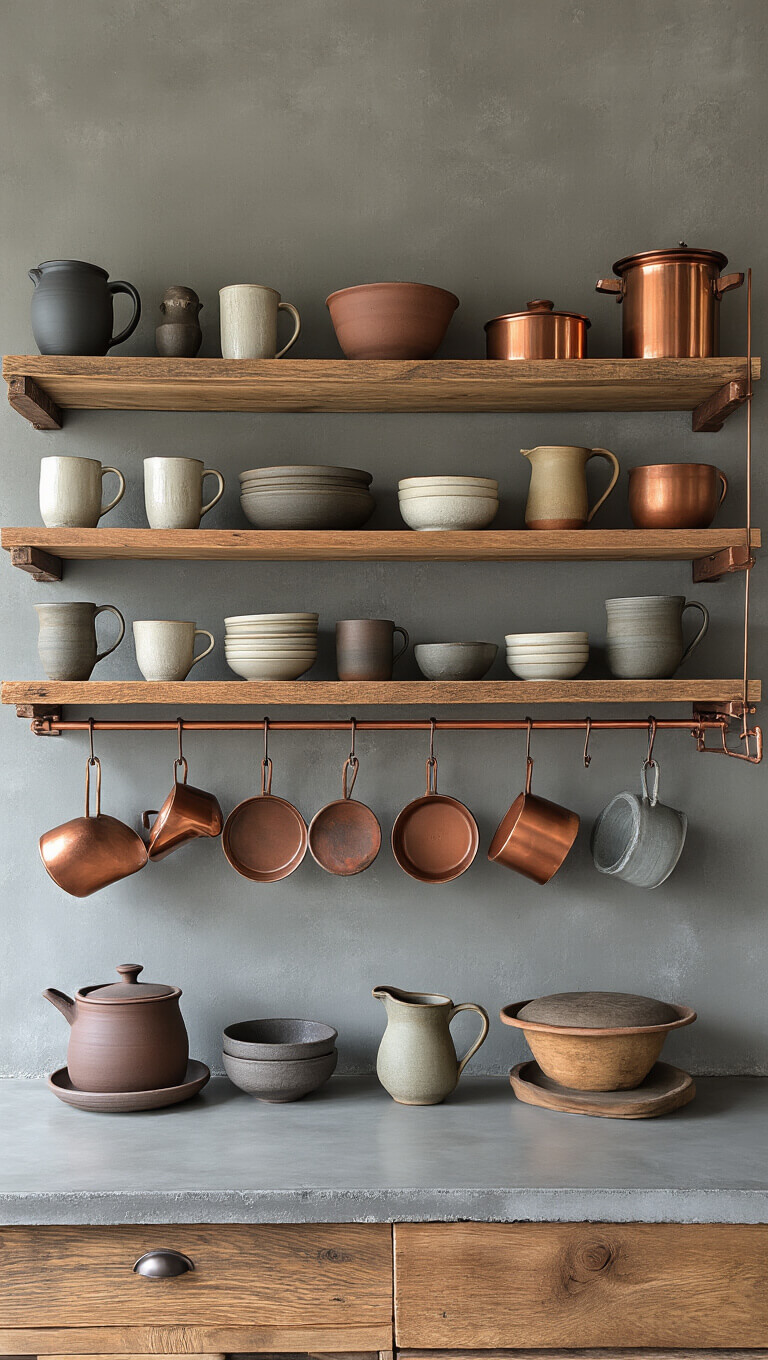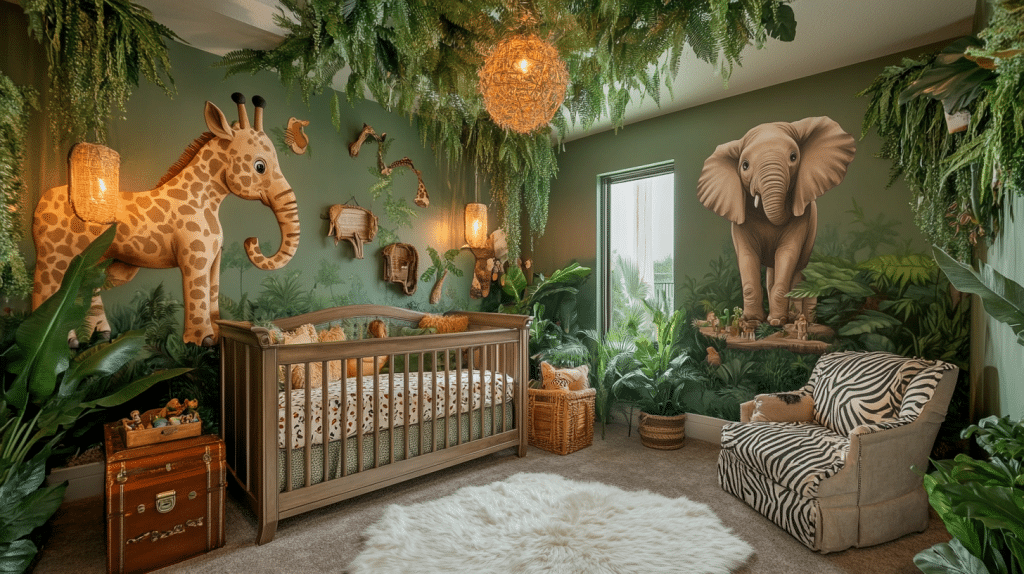What Exactly is Wabi Sabi Pottery?
Imagine a ceramic piece that doesn’t try to hide its scars. Instead, it celebrates them. That’s wabi sabi in a nutshell.
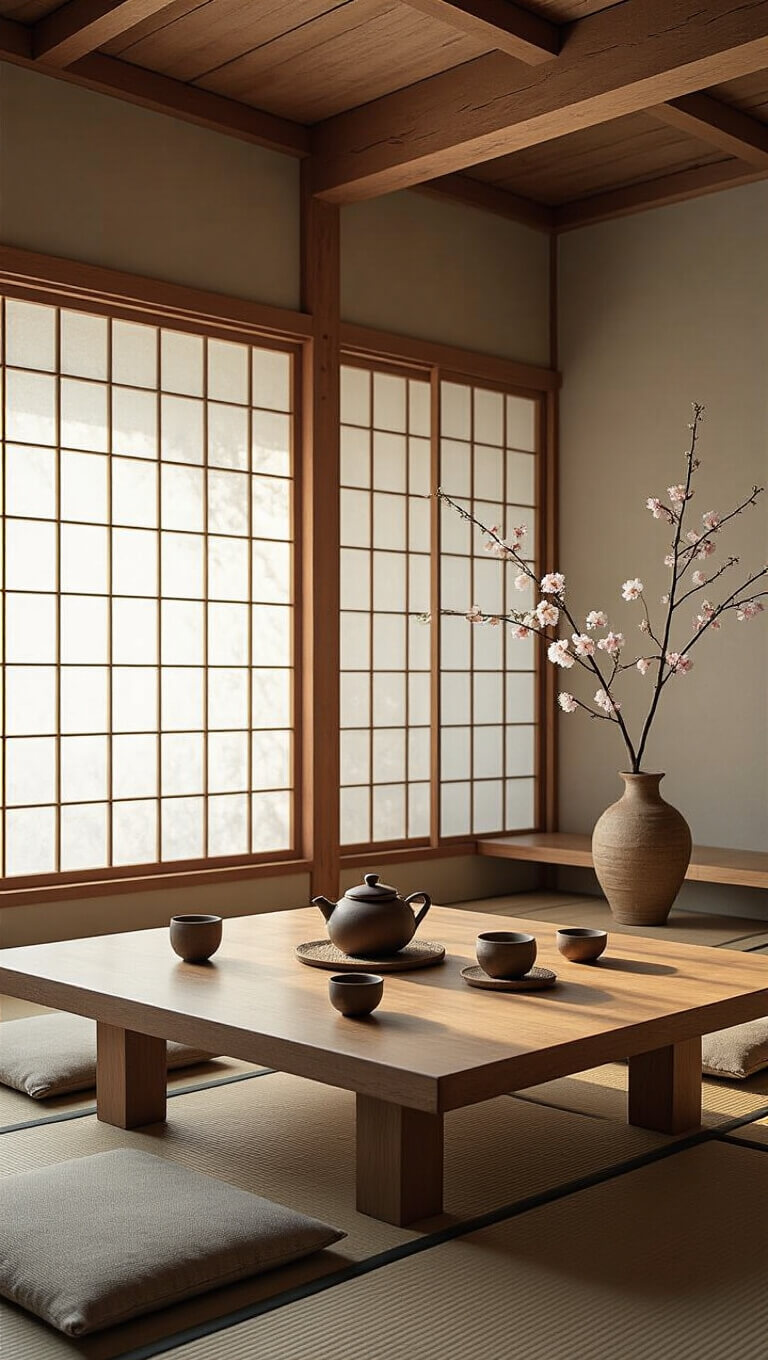
The Core Philosophy
Wabi sabi isn’t just a style—it’s a entire way of seeing the world. Here’s what makes it special:
Key Characteristics:
- Embraces imperfections as unique beauty marks
- Celebrates aging and natural transformation
- Finds poetry in simplicity and roughness
- Connects deeply with nature’s unpredictable rhythms

Historical Roots
This philosophy emerged during Japanese tea ceremonies in the 16th century. Tea masters rejected shiny, perfect porcelain for rustic, handmade ceramics that told a story.
The Magic of Imperfection
Why Imperfections Matter:
- They reveal the human touch
- Each mark represents a moment in time
- Tells a story beyond mere decoration
- Challenges our obsession with flawlessness
Kintsugi: The Ultimate Wabi Sabi Practice
Kintsugi takes broken pottery and repairs it with gold, turning damage into decoration. It’s like saying, “Your scars make you more beautiful.”
Modern Applications
Today, wabi sabi isn’t just about old pottery. It’s a lifestyle:
- Minimalist home decor
- Handcrafted ceramics
- Mindful design approaches
- Sustainable living principles
Why People Love Wabi Sabi
- It’s authentic
- Celebrates individual character
- Connects us with natural processes
- Provides emotional depth to objects
Practical Tips for Embracing Wabi Sabi in Your Space
How to Incorporate Wabi Sabi:
- Choose handmade ceramics
- Look for pieces with visible texture
- Appreciate objects that show age
- Don’t fear a little imperfection
The Emotional Journey
Wabi sabi teaches us something profound: beauty isn’t about perfection. It’s about character, resilience, and the stories we carry.
Quick Reference Guide
| Aspect | Wabi Sabi Approach |
|---|---|
| Aesthetics | Rough, asymmetrical, natural |
| Materials | Clay, stone, organic glazes |
| Emotional Tone | Calm, accepting, mindful |
Final Thoughts
Wabi sabi isn’t just an art form—it’s a philosophy that whispers, “You are beautiful, exactly as you are.”
Pro Tip: The next time you see a chipped mug or a slightly wonky ceramic piece, don’t see a flaw. See a story.

